2024 Southern CALifornia Housing Market Forecast
After weathering the storm of rising interest rates, the Southern California housing market found its footing in 2023. In fact, the first half of the year brought stronger sales than the years leading up to COVID and price growth erased much of the correction seen in the second half of 2022. Is there reason to believe the worst is in the rearview mirror? Will 2024 usher in a return to more “normal” market conditions? We think so based on the following trends:
Low new home supply: Due to a dwindling lot/land supply and entitlement hurdles, the number of new home projects are well below historical norms. Just 474 new home projects are selling in the region, which is below the 871 average over the last 30 years and just a fraction of the 1,539 average in 2005 – 2007. There are many submarkets, particularly infill, with just a handful of new home projects selling. In addition to fewer projects, the average size of a typical subdivision has shrunk over the last few decades from about 120 homes to only about 75 today.
Tight resale inventory: As of November, there was just a 2.5-month supply of resale homes for sale in coastal markets and 3.5 months in the Inland Empire. A 4-month supply is considered typical when demand and supply conditions are balanced. Low supply has helped prevent any significant price declines in the second half of the year, despite elevated interest rates, and driven buyers to the new home market.
Interest rates have likely peaked: After rising to over 7% in recent months, rates are unlikely to go any higher. With inflation cooling, consensus is that the Federal Reserve will forgo any more interest rate hikes and may cut rates by Spring or Summer 2024. Lower rates will boost housing demand and ease affordability challenges.
Interest rate buy-downs: New home builders have benefited from buying down interest rates. This gives buyers access to lower interest rates, often below 6%, than available in the resale market. However, rate buy downs come with a cost to the builder, typically in the $20K - $30K range.
Job market still strong: Households with jobs buy homes and unemployment remains low. Although there are signs the economy may be slowing and consumer sentiment is somewhat gloomy, the proverbial “soft landing” is possible which would limit job losses. However, a recession would stifle demand and negatively impact prices and sales.
Foreclosures limited: An increase in distressed resale supply has historically put downward pressure on prices. The worry of a sharp increase in foreclosure activity associated with elevated interest rates has not materialized. Although up slightly over the last year, foreclosures remain near record lows.
Despite most trends being positive, there are some risks that shouldn’t be ignored:
Poor affordability: As interest rates rose to 20-year highs and prices increasing 20 – 30% since 2020, affordability has dropped to the lowest levels since the mid-to-late 2000s. Per the C.A.R. affordability index as of the 3rd quarter, just 11% of households can afford the median priced home in coastal markets which is down from 23 – 28% in 2020. In the Inland Empire, 22% of households can afford the median priced home down from 46% in 2020. We regard poor affordability as a “red flag” with regards to future market health.
Election year: Historically election years have brought instability in the market. Uncertain of potential economic and political policy changes, buyers tend to sit on the sideline in the months leading up to the election. Expect a possible slowdown in sales activity starting mid-year.
The best opportunities will be in infill locations with limited direct competition, and affordable single-family homes in suburban and some tertiary markets. First time buyers coming out of rental apartments will look to attached infill communities where price points are more attainable. Other first-time buyers wanting a single-family home will be forced to move outside of core locations. Move-up buyer demand will likely remain somewhat constrained as most homeowners are locked in at sub-4% rates. However, the possibility of a significant drop in rates will unlock this buyer segment. Attached casitas and ADUs have become increasingly popular at communities throughout the region. These units help solve for affordability challenges by providing space for older children, parents, or extended family members. In some cases, ADUs can be rented out for additional income.
We expect home prices to rise moderately in 2024, likely in the 2 – 4% range, assuming interest rates drift down slightly and the economy does not fall into recession. Although affordability continues to be a major concern, favorable demand and supply conditions should set the table for a stable housing market in 2024.
Clarity Real Estate Advisors provides real estate decision-makers with research-based insights into market dynamics and product trends.

